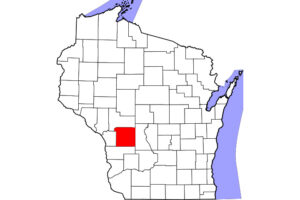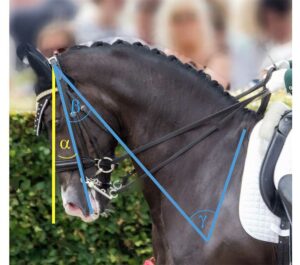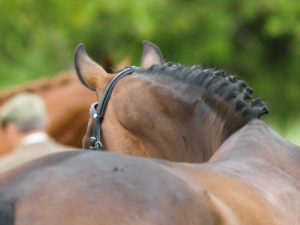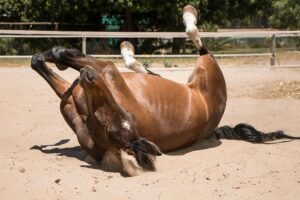Managing Horse Hoof Wounds

Four types of hoof wounds and how to treat them
A horse’s hoof, with its solid exterior, can appear impenetrable to the uninitiated. But wounds do occur at various depths and severities in the hoof and surrounding tissues, and they can be challenging to treat. They lie close to the ground, with all its various contaminants, and the injured structures are constantly in motion. Key to resolving hoof wounds is cleaning them appropriately, relaying information about them to your veterinarian and getting them assessed, and managing the lesion carefully until it resolves. In some cases, not following the right protocol can mean long-term struggles with lameness.
Here are four types of hoof injuries and how to manage them.
But First: Clean and Examine
Upon discovering a hoof wound, the first step is to clean it enough to determine the extent of the injury. If the hoof capsule is intact or a puncture is not yet open, Andrew Parks, MA, Vet MB, MRCVS, Dipl. ACVS, head of the Department of Large Animal Medicine at the University of Georgia’s College of Veterinary Medicine, in Athens, suggests using a wire brush to remove debris
Create a free account with TheHorse.com to view this content.
TheHorse.com is home to thousands of free articles about horse health care. In order to access some of our exclusive free content, you must be signed into TheHorse.com.
Start your free account today!
Already have an account?
and continue reading.

Written by:
Nancy S. Loving, DVM
Related Articles
Stay on top of the most recent Horse Health news with



















